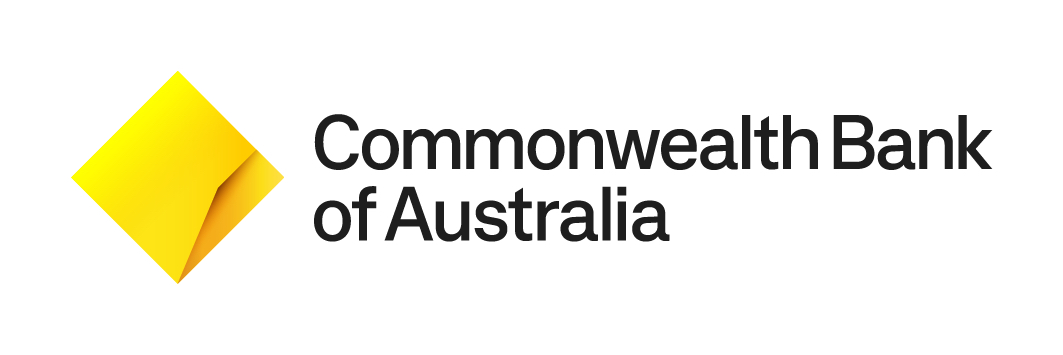Transaction pathway part one: ASX
Commonwealth Bank of Australia (CBA) invited three service providers that assisted its Australian overnight index average (AONIA)-linked securitisation’s path to market to share their perspective on the process. Helen Lofthouse, general manager, derivatives and OTC markets at Australian Securities Exchange (ASX), gives the benchmark provider’s view.
LOFTHOUSE ASX worked closely with CBA in the lead up to the Medallion transaction, focusing on providing the bank’s investors with an independent, transparent reference rate.
For investors, holding bonds with an AONIA-based reference rate is new and many require an independent, observable source of pricing. We worked with CBA to ensure that the new ASX Realised AONIA reference rate delivers what its customers need, including ease of access via Bloomberg and Refinitiv pages. CBA suggested to its investors that they use ASX Realised AONIA as an independent pricing source.
ASX Benchmarks was the first licenced benchmark administrator in Australia and is administrator for the bank-bill swap rate (BBSW). ASX is supportive of a multi-rate environment in Australia and has explored the market’s requirements for reference rates.
One of the rates we heard a clear need for was a transparent, independently calculated, compounded AONIA rate. For example, a compounded AONIA rate will be used as a component for benchmark fallbacks, as well as being very relevant for some bond issuance.
Interestingly, although the AONIA rate is published daily by the RBA [Reserve Bank of Australia], there was not yet a standard, observable rate calculated across defined periods for compound AONIA. This standard rate was a key development the market needed – hence the work we have done on ASX Realised AONIA.
LOFTHOUSE The methodology we use to calculate ASX Realised AONIA is in line with the ISDA [International Swaps and Derivatives Association] definition for benchmark fallbacks, and the compound period is determined using straight-date logic. However, some issuers may prefer to use a look-back period in the calculation and there are still various views in the market about the preferred length of any look-back period.
We will continue to work with market participants with the aim of agreeing and publishing one or more variants, as needed. Though the calculations are the same most of the time, slight differences in the rate can arise occasionally because of differences in business days in the look-back period.
LOFTHOUSE The RBA and ASIC [Australian Securities and Exchange Commission] have been clear in their guidance that the market needs to act now on moving to new rates to replace LIBOR. Global regulators’ view is that market users should transition to risk-free rates now, and that holding out for a possible forward-looking rate in the future is not the right course of action.
In Australia, the picture is somewhat different because BBSW is now a transaction-based methodology that is fully compliant with the IOSCO [International Organization of Securities Commission] principles for financial benchmarks. So benchmark users already have more flexibility to choose a rate that is appropriate for their purpose.
A different forward-looking rate is challenging, mainly because the transactional data for such a rate tends to be intermittent.







